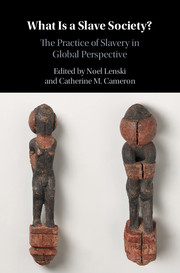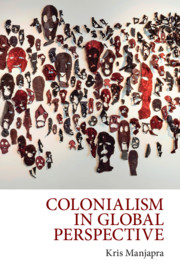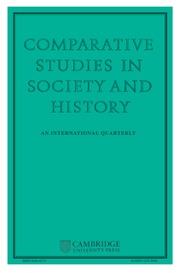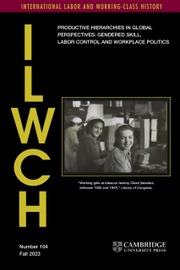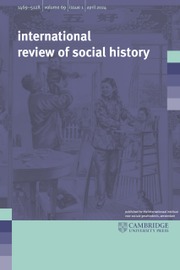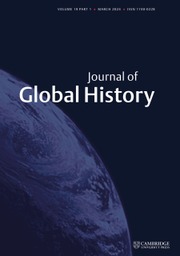What Is a Slave Society?
The practice of slavery has been common across a variety of cultures around the globe and throughout history. Despite the multiplicity of slavery's manifestations, many scholars have used a simple binary to categorize slave-holding groups as either 'genuine slave societies' or 'societies with slaves'. This dichotomy, as originally proposed by ancient historian Moses Finley, assumes that there were just five 'genuine slave societies' in all of human history: ancient Greece and Rome, and the colonial Caribbean, Brazil, and the American South. This book interrogates this bedrock of comparative slave studies and tests its worth. Assembling contributions from top specialists, it demonstrates that the catalogue of five must be expanded and that the model may need to be replaced with a more flexible system that emphasizes the notion of intensification. The issue is approached as a question, allowing for debate between the seventeen contributors about how best to conceptualize the comparative study of human bondage.
- Assembles leading international scholars who specialize in the study of slavery
- Offers a cross-cultural and trans-historical perspective
- Proposes a reexamination of the traditional binary distinction used to examine slaveholding societies
- Covers extensive ground and speaks at a level of general interest, such that the volume can serve as a textbook
Reviews & endorsements
"For ancient historians this book contains some important remarks on Greek and Roman slavery and a thought-provoking methodological framework in which to study them. For those with a broader interest in comparative slavery, it is invaluable." --Bryn Mawr Classical Review
‘What Is a Slave Society? is highly engaging, broadly applicable, and surprisingly readable.’ Lydial Wilson Marshal, African Archaeological Review
Product details
June 2018Hardback
9781107144897
524 pages
235 × 157 × 28 mm
0.98kg
22 b/w illus. 8 maps
Available
Table of Contents
- 1. Framing the question: what is a Slave Society? Noel Lenski
- Part I. Ancient and Late Antique Western Societies:
- 2. Ancient Greece as a 'Slave Society' Peter Hunt
- 3. Roman slavery and the idea of 'Slave Society' Kyle Harper and Walter Scheidel
- 4. Ancient slaveries and modern ideology Noel Lenski
- Part II. Non-Western Small-Scale Societies:
- 5. The nature of slavery in small-scale societies Catherine Cameron
- 6. Native American slavery in global context Christina Snyder
- 7. Slavery as structure, process, or lived experience, or why slave societies existed in pre-contact tropical America Fernando Santos-Granero
- 8. Slavery in societies on the frontiers of centralized states in West Africa Paul Lovejoy
- Part III. Modern Western Societies:
- 9. The colonial Brazilian 'Slave Society': potentialities, limits and challenges to an interpretative model inspired by Moses Finley Aldair Carlos Rodrigues
- 10. What is a Slave Society? The American South Robert Gudmestad
- 11. Islands of slavery: archaeology and Caribbean landscapes of intensification Theresa Singleton
- Part IV. Non-Western State Societies:
- 12. Was nineteenth-century Eastern Arabia a 'Slave Society'? Matthew Hopper
- 13. Slavery and society in East Africa, Oman, and the Persian Gulf Bernard K. Freamon
- 14. Ottoman and Islamic societies: were they 'Slave Societies'? Ehud Toledano
- 15. A microhistorical analysis of Korean Nobis through the prism of the lawsuit of Damulsari Kim Bok-rae
- 16. 'Slavery so Gentle': a fluid spectrum of Southeast Asian conditions of bondage Anthony Reid
- Conclusion. Intersections: slaveries, borderlands, edges James F. Brooks.

